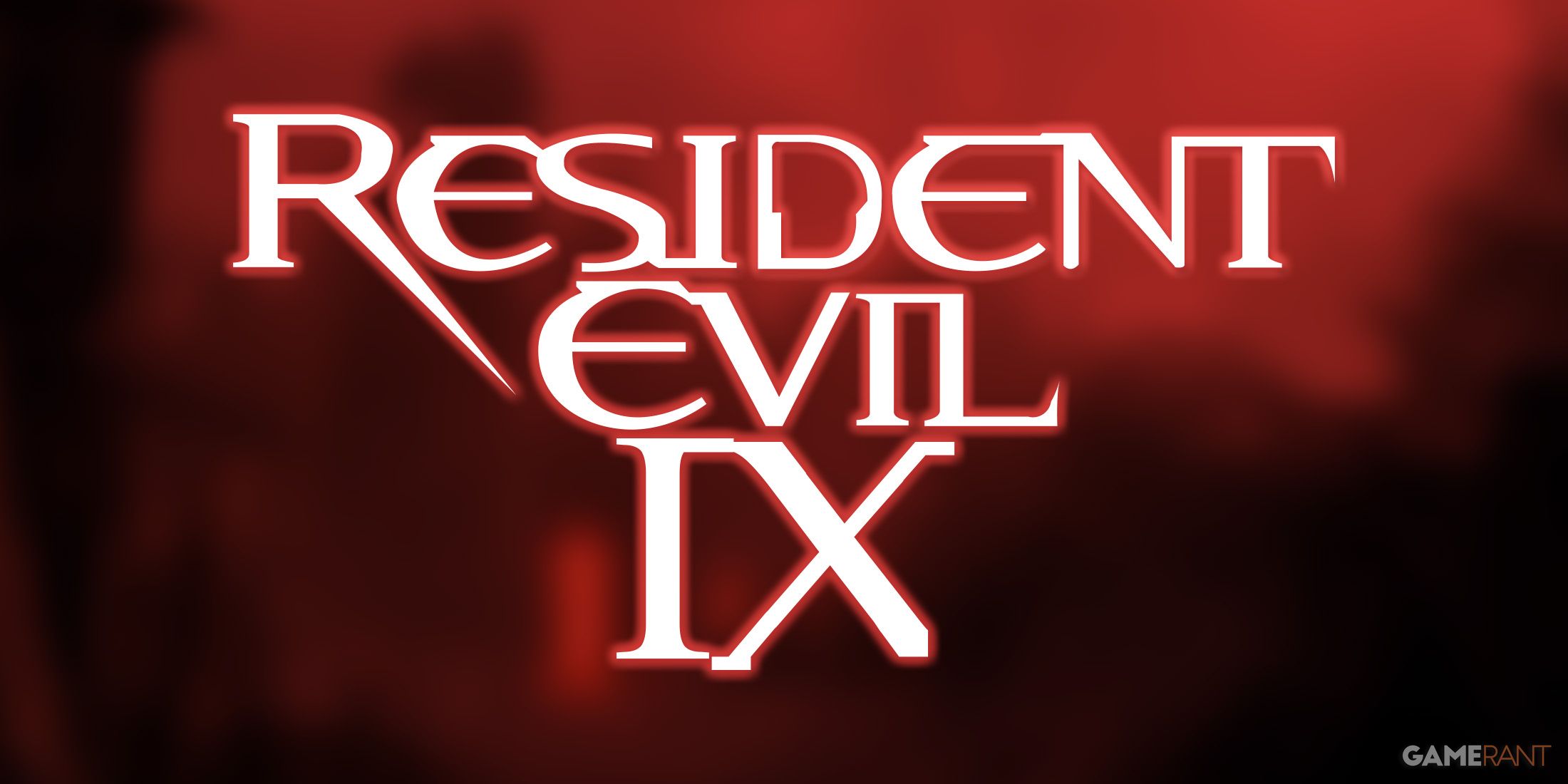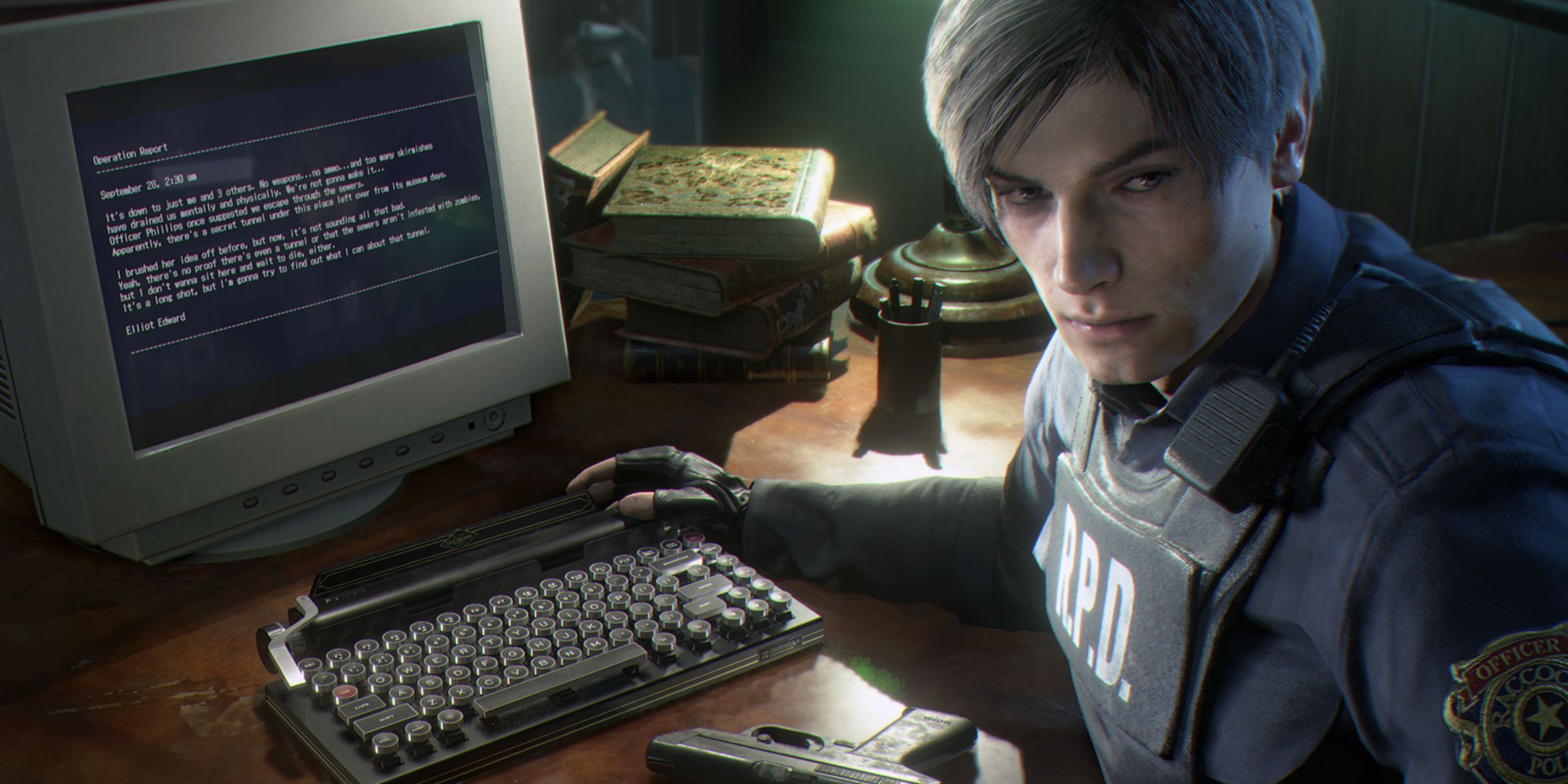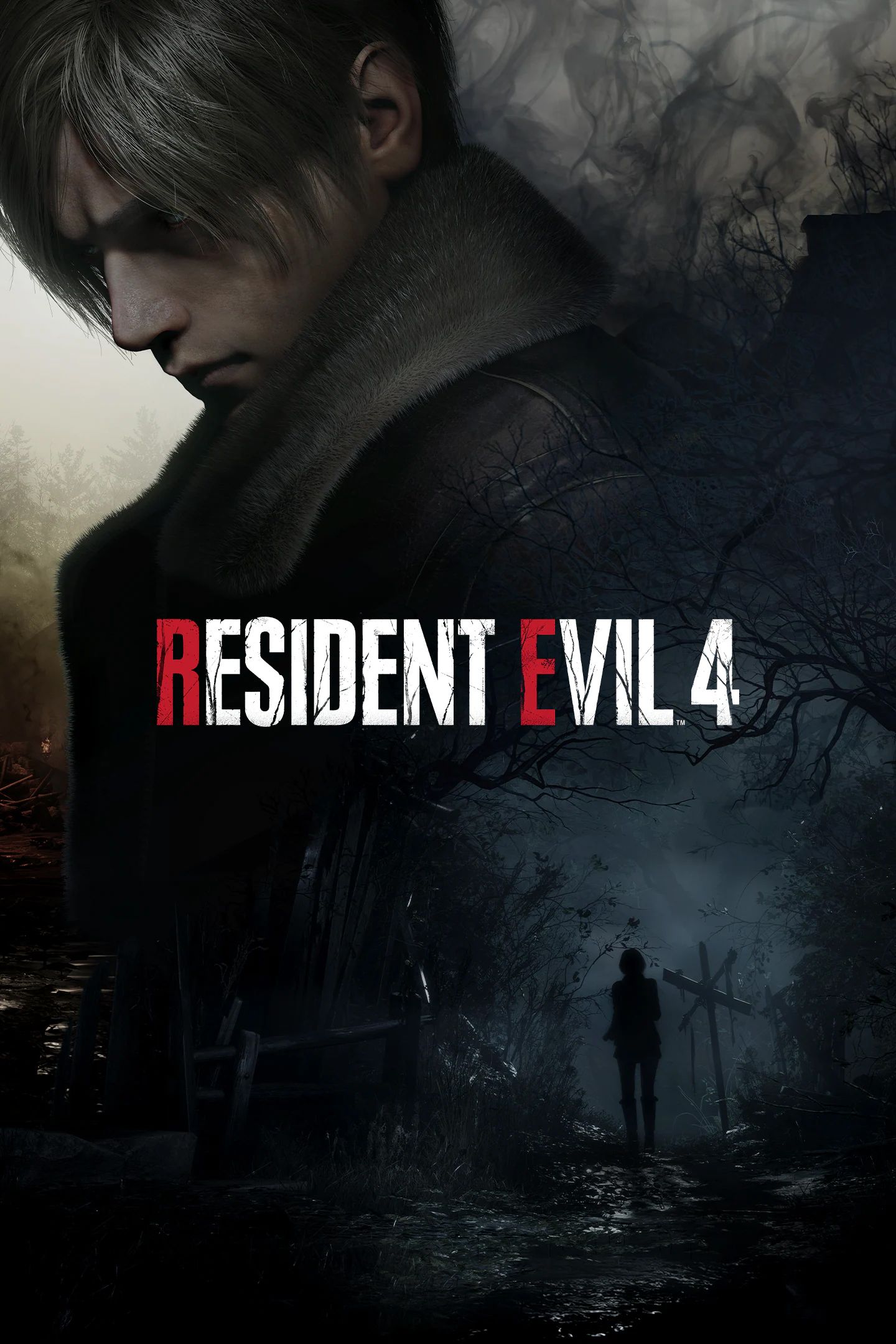Highlights
- Resident Evil 4's attache case inventory is iconic, allowing players to suspend disbelief while carrying various items.
- The remake of Resident Evil 4 honors the classic's history by adapting the beloved inventory system faithfully.
- Resident Evil likely won't stray from its formulaic grid inventory system, prioritizing player freedom over realism.
Resident Evil 4’s attache case inventory is fundamentally and iconically entertaining as a Tetris-esque mini-game and therefore disbelief has been suspended henceforth. It instead became clear players didn’t find it immersion-breaking if the protagonist had an invisible storage compartment on their person that could somehow carry fish, herbs, grenades, eggs, an assortment of firearms, and an RPG among many other miscellaneous items that would otherwise encumber them. Resident Evil has pretty incredible inventory management systems overall, but Resident Evil 4 easily takes the cake.
It’s great to see that the Resident Evil 4 remake sought to do this piece of Capcom history justice in reprising the mechanic as faithfully as it adapted about everything else. Even Resident Evil Village, which was released a few years earlier, had implemented an inventory system similar to it, though without the obvious charm of its inspiration. It’s unknown what Resident Evil 9 is going to look like at this point but it’ll have an interesting choice to make with regard to how immersively it wants its inventory system to be, and whether that should continue to be an invisible storage on the playable character’s person or not.

Resident Evil is on the Verge of Breaking a 5-Year Streak
Capcom's popular survival-horror franchise Resident Evil is on the verge of breaking a five-year streak that started with the Resident Evil 2 remake.
Resident Evil’s Roots Present an Emboldened Outlet for Survival Horror Inventory
Resident Evil doesn’t necessarily need to revisit its storage box premise from the original tank control titles, but laughably deep inventories on a character might not be its best course of action, either. Even though Resident Evil has never prided itself on stoic realism, it would still be neat if it was able to represent a character’s inventory realistically.
The Last of Us is probably one of the best examples of how a large inventory can still be visually represented on a character as weapons are tucked into the backs of pants and backpacks, for instance, and there’s no reason why Resident Evil couldn’t do the same.
Chris Redfield is a soldier who would come equipped and prepared for a tactical mission, anyway, so all of the items he’d need would normally have to be brought along with him. The classic Resident Evil games had excruciatingly small inventories, at least by today’s survival horror standards, and even though not everything in them was represented by the character the inventory slots were so few that it made sense that the characters would be able to hold all of those items somewhere on them, let alone stash everything else away in a box.
This requires a suspension of disbelief, too, since players could access the same items from any box in the game as if they contained a black hole portal connecting them all. Say Chris is left severely under-equipped in Resident Evil 9, though; it would be great if a grid inventory was abandoned in place of a handful of slots and each item could be shown on his person, which could also be helpful in remembering what items players have equipped.
Resident Evil isn’t Likely to Disregard Its Formulaic Status Quo
That said, unless Resident Evil is in for another dramatic and unprecedented gameplay shift, it will probably reprise this grid inventory with way more available space and cargo than the protagonist could feasibly lug around with them. It’s been a beloved feature and unquestioned by most of the community, who would probably mostly prefer to have as much equipped and hoarded as possible rather than have a more restrictive inventory for the sake of realism or immersion. And, as Resident Evil is hopefully continuing to dip its toes into a science-fiction corner of fantastical horror, a suspension of disbelief may be necessary more than ever.




